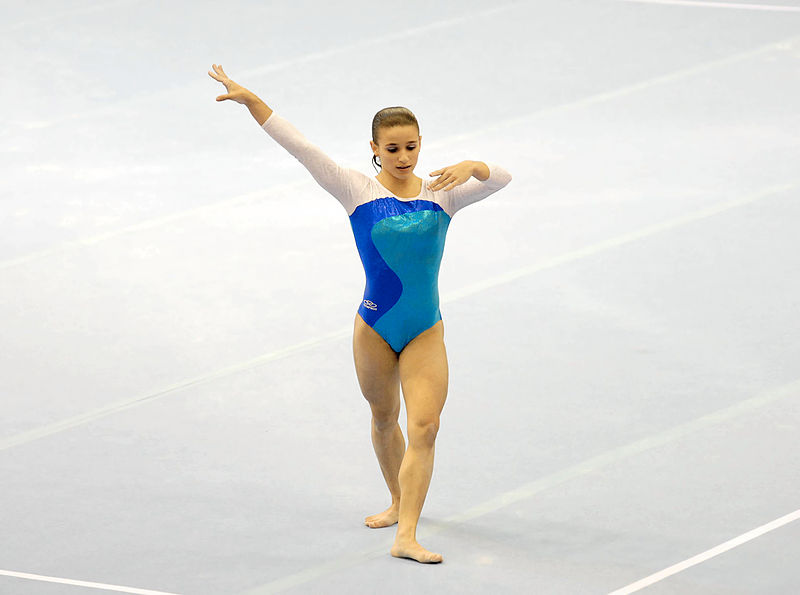Key Takeaways
- Leotards are skintight, one-piece garments that cover the torso but leave the legs exposed, while bodysuits are one-piece, form-fitting garments that cover the torso and crotch.
- Leotards are typically worn by dancers, gymnasts, and other performers, while bodysuits are worn by women as casual or professional attire.
- Leotards are unisex garments, while bodysuits are worn by females.
Leotard and bodysuit may seem almost identical, but there are key differences between the two. A leotard is a skintight, one-piece garment that covers the wearer’s torso but leaves the legs exposed. This unisex garment is commonly worn by dancers, gymnasts, acrobats, and contortionists. It was first introduced in the 1800s by French acrobatic performer Jules Léotard, from whom the garment gets its name.
A bodysuit, on the other hand, is a one-piece, form-fitting garment that covers the torso and the crotch of the wearer. Bodysuits are typically worn by women in casual or semi-formal settings, paired with trousers or skirts. They were first introduced in the 1950s by fashion designer Claire McCardell.
Although both leotard and bodysuit are one-piece, skintight garments that do not cover the wearer’s legs, they differ in terms of use, gender, and origins. Leotards are used by performers and are unisex, whereas bodysuits are worn by females as a fashion item.
